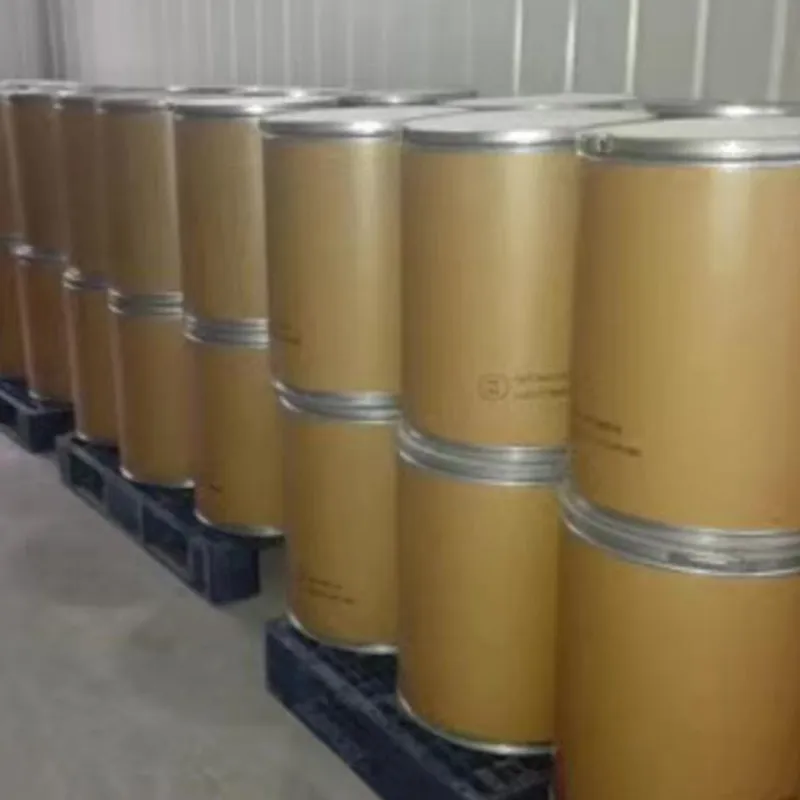
Natural Sweeteners and Their Role in Food Preservation Techniques
The Sweet Side of Preservatives A Dive into Sweet Preservatives
In a world where culinary innovation meets the need for longevity, sweet preservatives have carved a niche that balances flavor and freshness. These substances, often overlooked, play a crucial role in extending the shelf life of sweet foods while maintaining their tantalizing taste.
Sweet preservatives primarily serve to inhibit the growth of spoilage-causing microorganisms, thus prolonging the freshness of products like jams, jellies, and baked goods. Among the most common sweet preservatives are sugar, honey, and artificial sweeteners, each with its unique set of properties and applications.
Sugar is perhaps the most natural and oldest form of sweet preservative. The process of preserving fruits in sugar, known as candling, creates a high-sugar environment where microorganisms struggle to thrive. This method not only enhances the taste by providing a delightful sweetness but also locks in the fruit's natural flavors and nutrients. For instance, the vibrant hues of strawberry jam or the rich essence of peach preserves are preserved beautifully through sugar's natural properties. Plus, sugar’s ability to draw out moisture helps prevent spoilage, making it an effective barrier against rot.
Honey, on the other hand, is lauded for its antimicrobial properties. Its high acidity and low moisture content create an inhospitable environment for bacteria and molds. Honey not only preserves but also adds a distinct flavor profile, turning ordinary recipes into extraordinary treats. Many health-conscious consumers are opting for honey as a natural alternative to refined sugar, appreciating its unique taste and potential health benefits.
sweet preservative

Artificial sweeteners, such as aspartame and sucralose, have gained popularity in recent years, especially among those looking to reduce sugar intake. While they provide the sweetness that consumers crave, their role as preservatives is often less recognized. These sweeteners can prevent the crystallization of sugar in certain products, which can enhance texture without adding calories. However, their use in preservation raises discussions about health implications and consumer preferences for natural ingredients over synthetic options.
Despite their benefits, the use of sweet preservatives is not without controversy. Some consumers express concerns over the potential health impacts of artificial additives. This has led to a burgeoning market for natural and organic products, where brands tout their absence of synthetic preservatives altogether. In response, manufacturers are exploring innovative alternatives, such as using fruit extracts or natural acids like citric acid to enhance preservation while keeping flavor profiles intact.
As we navigate the world of sweet preservatives, it is essential to consider the balance between taste, safety, and health. Consumers today are more informed than ever, often making choices based on flavor preferences and dietary needs. Thus, the challenge for food producers lies in crafting products that meet these diverse demands without sacrificing quality.
In conclusion, sweet preservatives play a pivotal role in modern food preservation. From the timeless efficacy of sugar to the natural allure of honey and the evolving landscape of artificial sweeteners, the art of preserving sweet flavors continues to thrive. As we savor our favorite sweet treats, it's worth acknowledging the complex world of preservation that keeps our foods fresh, flavorful, and safe to enjoy.
-
Pure Sodium Dichloroisocyanurate Dihydrate | Powerful DisinfectantNewsAug.29,2025
-
Industrial Chemicals: Quality & Purity for Every IndustryNewsAug.28,2025
-
Nitrile Rubber Honoring Strict Production StandardsNewsAug.22,2025
-
Aspartame Ingredients Honoring Food Safety ValuesNewsAug.22,2025
-
Fertilizer for Balanced Plant NutritionNewsAug.22,2025
-
Cyanide Gold Processing with High Purity AdditivesNewsAug.22,2025
-
Formic Acid in Textile Dyeing ApplicationsNewsAug.22,2025
Hebei Tenger Chemical Technology Co., Ltd. focuses on the chemical industry and is committed to the export service of chemical raw materials.
-

view more DiethanolisopropanolamineIn the ever-growing field of chemical solutions, diethanolisopropanolamine (DEIPA) stands out as a versatile and important compound. Due to its unique chemical structure and properties, DEIPA is of interest to various industries including construction, personal care, and agriculture. -

view more TriisopropanolamineTriisopropanolamine (TIPA) alkanol amine substance, is a kind of alcohol amine compound with amino and alcohol hydroxyl, and because of its molecules contains both amino and hydroxyl. -

view more Tetramethyl Thiuram DisulfideTetramethyl thiuram disulfide, also known as TMTD, is a white to light-yellow powder with a distinct sulfur-like odor. It is soluble in organic solvents such as benzene, acetone, and ethyl acetate, making it highly versatile for use in different formulations. TMTD is known for its excellent vulcanization acceleration properties, which makes it a key ingredient in the production of rubber products. Additionally, it acts as an effective fungicide and bactericide, making it valuable in agricultural applications. Its high purity and stability ensure consistent performance, making it a preferred choice for manufacturers across various industries.





